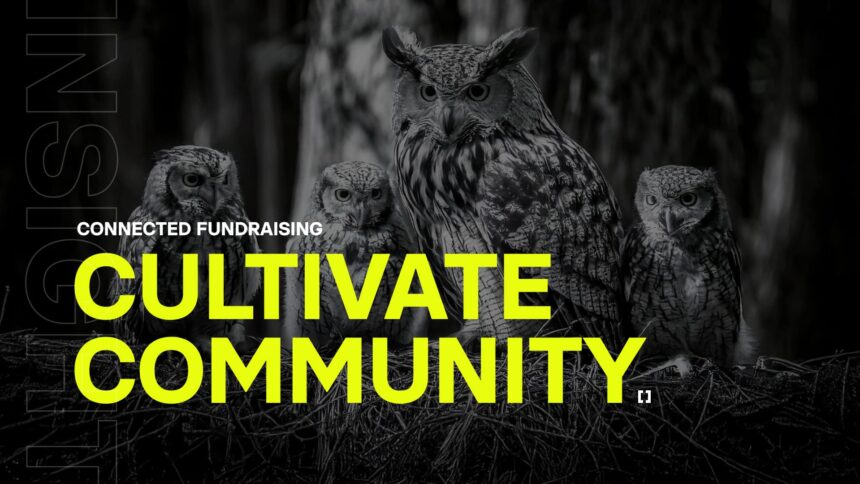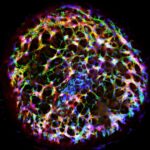Fundraising often focuses on a financial goal: how much we can raise, how quickly, and from whom. But numbers alone don’t inspire action. What truly moves people is connection. Donors don’t give to organizations; they give to people. And the most successful fundraising campaigns don’t just ask for support. They introduce donors to the lives they are changing.
A vision rooted in real lives
Every fundraising campaign starts with a need, but the best ones begin with a vision: What will change if we succeed? The most compelling visions aren’t about institutions; they’re about impact. It is not a new shelter but a safe place where families can rebuild. Not an expanded clinic, but a child receiving care close to home. Not scholarships, but students realizing futures they never thought possible.
When campaigns take this approach, donors don’t just support an abstract initiative. They join something deeply human, something they can see, feel, and believe in.
Stories that make giving personal
Numbers inform, but stories inspire. If donors can picture the life their gift will touch, they will give. And not just once, but repeatedly. That’s why storytelling should be the heartbeat of every campaign.
A mother securing stable housing after months in a shelter. A veteran finding a new purpose through a job training program. A teenager who thought college was out of reach until a scholarship changed everything. These aren’t just stories; they’re windows into real lives. They are lives donors can change.
And storytelling isn’t just about what’s shared. It’s also about how it’s shared. Someone whose life has transformed writes a personal letter. A community member tells their story in a short video. A student, patient, or family sends a handwritten note in a pop-up thank-you card. These moments create an emotional bridge between donors and beneficiaries, making giving feel deeply personal.
Creating meaningful encounters
The strongest donor-beneficiary connections happen when people see the impact firsthand. Site visits, community events, and immersive experiences bring donors into the world they’re helping to shape.
Consider a fundraising campaign for a food bank. Instead of just showing statistics about hunger, invite donors to spend a morning volunteering: stocking shelves, serving meals, or delivering groceries to families. Let them see the relief in someone’s eyes when they receive a warm meal. That moment will stay with them far longer than any fundraising appeal ever could.
Or a campaign for an after-school program: Instead of only discussing outcomes, invite donors to a showcase where students present their artwork, perform in a recital, or share their stories. When donors witness the impact of their giving in real time, their support shifts from obligation to genuine investment.
Sustaining the connection beyond the gift
The donor’s journey doesn’t end when they give. Too often, fundraising focuses on securing the gift but neglects what comes next: reinforcing the relationship.
Showcasing progress is key. Regular updates, whether through heartfelt letters, videos, or even informal check-ins, help keep donors engaged. However, the most meaningful expressions of gratitude often come directly from the community.
A simple but powerful practice is allowing beneficiaries to share their appreciation directly. A thank-you note from a student, a recorded message from a family who found housing, or a photo of a patient celebrating a milestone can make donors feel like their gift was more than a transaction. It was a moment of real change.
Building a future of shared purpose
At its core, a great fundraising campaign doesn’t just ask for money. It asks people to see themselves as part of a larger story where benefactors and beneficiaries aren’t separate but deeply connected.
Fundraising isn’t challenging when donors feel a personal stake in the outcome. It becomes a movement. And those same donors won’t need persuasion when the next campaign comes around. They’ll stay invested because they’ve seen firsthand the lives they’ve helped change.
Featured image by Adobe Firefly + Tom Osborne









